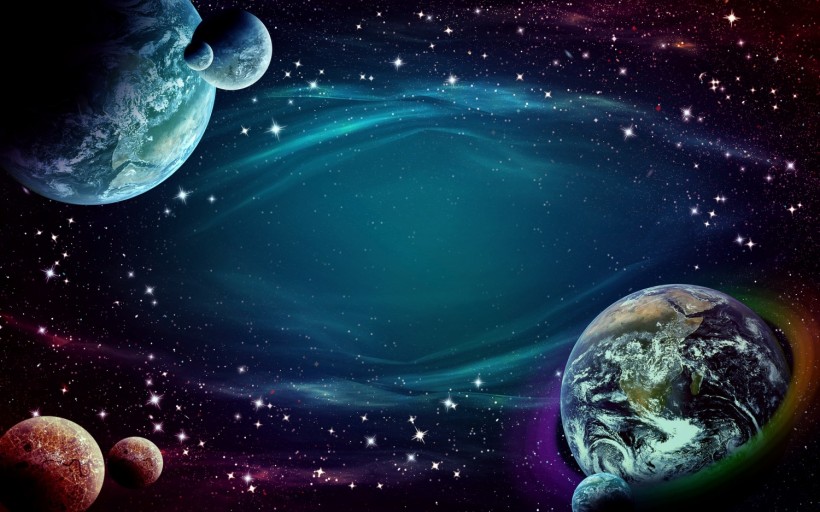In a captivating fusion of science and art, NASA has released a series of mesmerizing "sonifications" that transform iconic space images into immersive audio experiences.
The project, led by the Chandra X-ray Center (CXC) and part of NASA's Universe of Learning program, aims to make the invisible visible by translating astronomical data captured by NASA's telescopes into musical notes and sounds.

Drawing inspiration from the harmonies created by different musical notes played together, astronomers have long understood the value of observing objects in space through multiple telescopes.
Each telescope detects different wavelengths of light, unveiling unique insights. Similarly, the sonification takes data from NASA's Chandra X-ray Observatory, James Webb Space Telescope, Hubble Space Telescope, and Spitzer Space Telescope and transforms them into layers of sound.
Read Also: NASA's MAVEN Spacecraft Captures Enchanting Ultraviolet Views of Mars
R Aquarii
One of the sonification focuses on R Aquarii, a system consisting of a white dwarf and a red giant in orbit around each other. By combining Hubble's visual data and Chandra's X-ray images, the sonification produces a radar-like scan of the composite image.
The volume of the sound corresponds to the brightness of sources in the visible and X-ray light, while the pitch represents the distance from the center. As the cursor moves across the image, listeners can hear the jets from the white dwarf and experience a rising and falling melody resembling singing bowls, complemented by a synthetic and windy purr.
Stephan's Quintlet
Stephan's Quintet, a group of four galaxies interacting with each other, is another subject of the sonification project. As the cursor scans the image, the pitch changes according to the brightness.
Background galaxies and foreground stars are mapped to notes on a synthetic glass marimba, while stars with diffraction spikes are portrayed as crash cymbals.
The galaxies themselves are represented by smoothly changing frequencies, and the X-rays detected by Chandra, revealing superheated gas, take the form of a synthetic string sound.
Meessier 104
The sonification of Messier 104 (M104) showcases the grandeur of this galaxy located in the Virgo cluster. Combining data from Spitzer, Hubble, and Chandra, the sonification allows listeners to explore each type of light individually or together.
The brightness controls the volume and pitch, with the brightest sources producing the loudest and highest frequencies. The Chandra X-rays are akin to a synthesizer, Spitzer's infrared data create strings, and Hubble's optical light resonates as bell-like tones.
The core of the galaxy, dust lanes, spiral arms, and point-like X-ray sources are all distinct auditory features in this immersive experience.
The collaboration behind these captivating sonifications was driven by visualization scientist Kimberly Arcand from CXC, astrophysicist Matt Russo, and musician Andrew Santaguida from the SYSTEM Sounds project.
Together, they have woven a symphony of astronomical wonders, enabling us to perceive the beauty and complexity of the cosmos through our sense of hearing.
By bridging the realms of science and art, these sonification videos offer a unique and innovative way to explore the mysteries of space. They transport us beyond the limits of our visual perception, inviting us to experience the universe in an entirely new light- or rather, sound.
Related Article: [LOOK] NASA Features Image Following the "Three Paths of the Sun"










